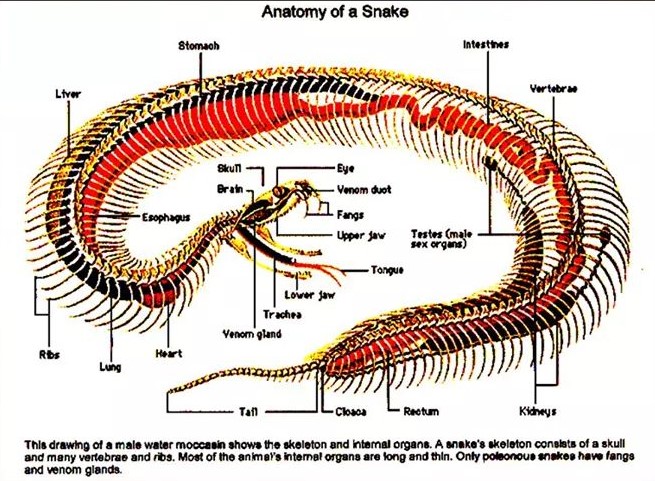
African Snakes have powerful muscles and they cover ribs, which the snake uses to lean on to ‘walk’. What is actually making them move are waves of pulling and releasing powerful muscles. And in some African snakes there are still signs that they had legs/limbs and their ancestor was a lizard.
What also might be of interest, is that they have the same amount of organs (like heart, lungs and so on) that we do — they are just found in slightly different areas as the snake’s body is very different to ours!
Puff adder
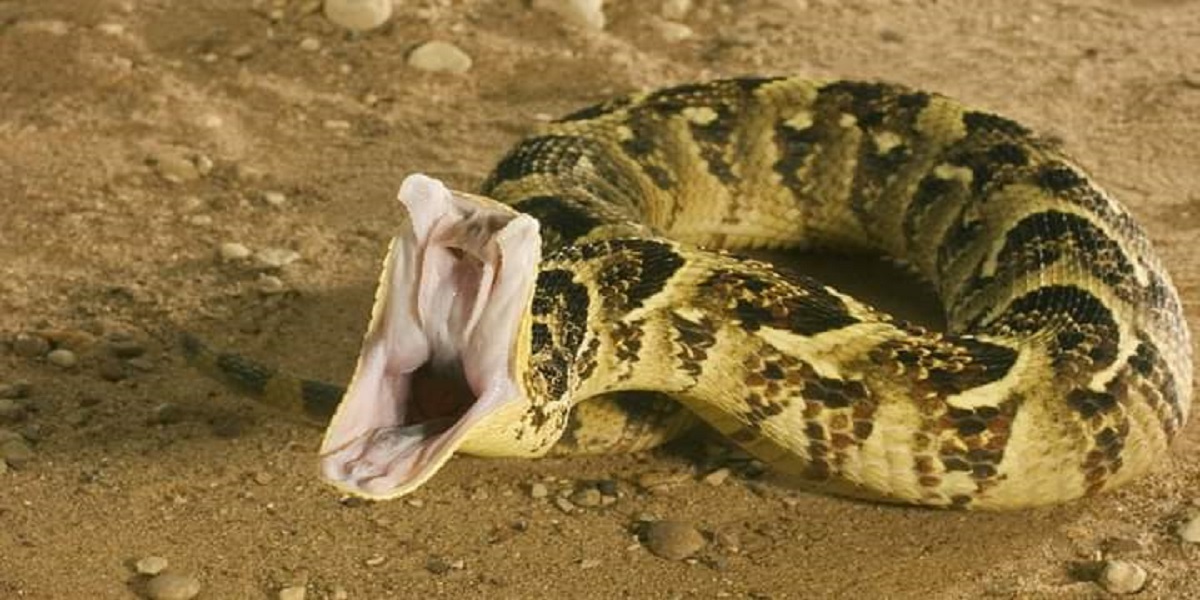
The Puff adder is Africa’s fastest striking snake, and one of the fastest in the world at 0.25 seconds. But its very rare for it to strike, it puffs first as a warning to the enemy. Their venom causes blood necrosis (death of cells in organ due to injury or failure of supply of blood).
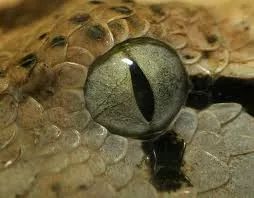
Some African snakes have vertical pupils — this indicates this is a nocturnal hunter — it ambushes its prey.
Pythons have heat sensing lip scales that help them detect warm-blooded animals — after all, they are major predators.
African rock pythons can live up to 30 years in the wild.
- African rock python hunted and killed an adult Nile crocodile.
- They do not often hunt crocodiles, but as you can see it does occasionally happen.
In rural Africa, at night, it is never a good idea to walk around, even near your home without a torch, lamp or any other source of light, as many nocturnal and venomous snakes are often attracted to human settlements because of the higher populations of prey (like mice, lizards and rats). And you need to see them to avoid getting bitten.
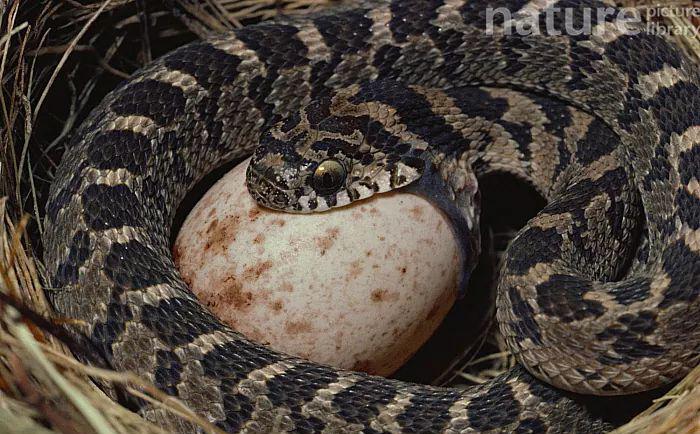
Birds nest in spring and this is when you usually see the common egg-eater African snakes. For the rest of the year it is barely seen — despite being a common species of snake. This nonvenomous snake is not a threat to humans. 30 modified vertebrae allows them to open their mouth so wide to eat eggs 4 or 5 times larger than its head.
Because it has ‘keeled’ scales (rough scales) it looks like it is dangerous and also makes that raspy sound as it moves, and sounds like a venomous viper– it is not, this is a harmless snake
- Found in sub-Saharan Africa
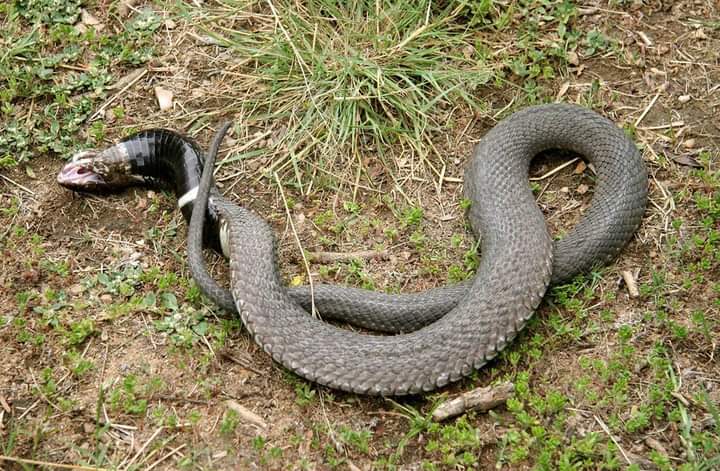
When you see a snake looking like it is dead, please do not go up to it and poke it to check if it is actually dead. Some snakes make themselves look as if they are dead, they feign death, so that a predator loses interest and leaves it alone. Some of those snakes are venomous that do this — like the Rinkals snake. Just leave it and walk away.
The best way to avoid snake bites? – Know your African snakes.
Unfortunately, we cannot swing a magic wand and expect a straight forward answer to that, just know that there are about 600 species of African snakes in Africa, and out of all of them, only a small amount are venomous — most of the snakes in Africa are harmless to humans. There are about 600 species of snakes in Africa, and about 450 of them are harmless to humans.
- The African or brown house snake, harmless to humans and a constrictor. Often killed because it is thought to be dangerous, in fact, like most African snakes, they are good to have around as eat rats and mice and are very good hunters — other snakes eat other pests, like insects.
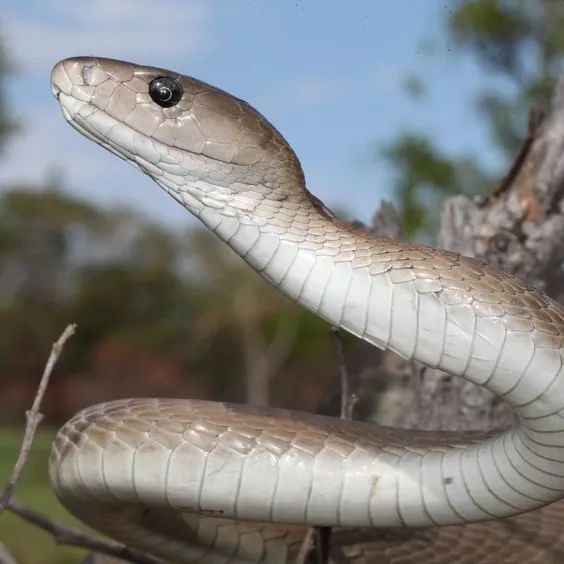
Snakebites in Africa are a real problem, especially to people living in rural areas, campers, safari walkers and so on. Please realise there is no effective way one can chase away or stop snakes. There are people out there selling ‘potions’ and other stuff to people who believe they will work. Please listen carefully. Those people are cheating and lying to you — there is nothing on this earth that can do that. If there was scientists and humanitarians would have come up with a ‘cure’ ages ago — just remember this, as it is true — anything that can poison or kill a snake, can also poison and kill a person.
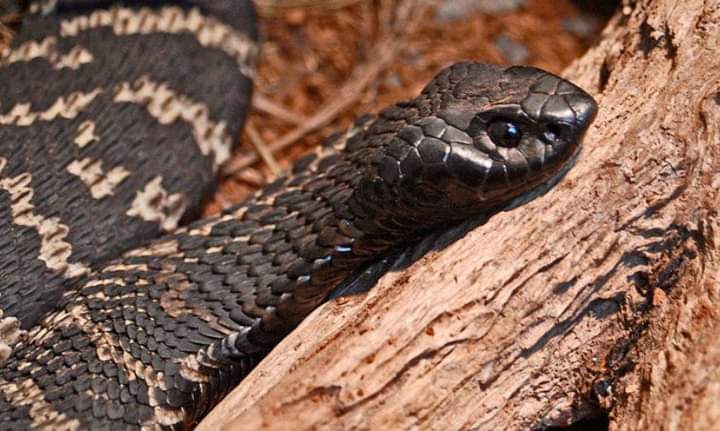
Burning tyres near your home, or spreading used engine oil does not chase snakes away and prevent them getting near your home, or dwelling. All you are doing is making sure you get sick by creating a toxic environment near you.
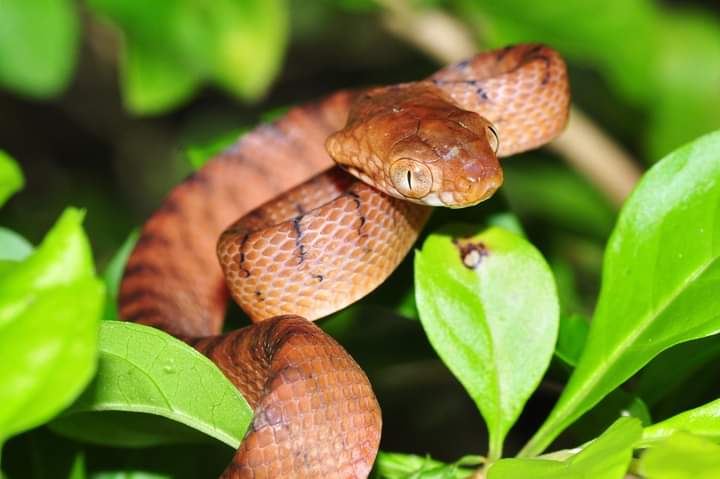
African Snakes warning #1:
In certain seasons in Africa, you will find more snakes around — like the rainy season, and especially at the start of the season and particularly after a long and dry season.
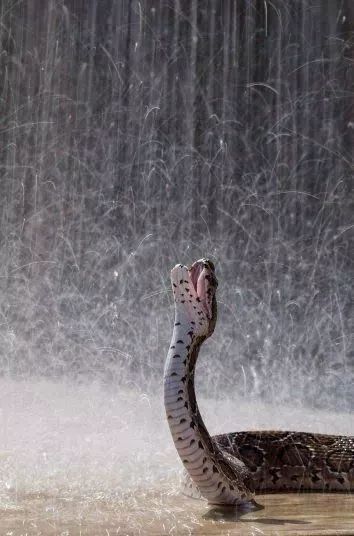
We often believe that the most snakebites are in forests, but the facts show us something else and that is that the most snake bites occur in the savanna and semi-deserts.

Certain types of African snakes, like pythons and some vipers can see their prey, even if the best eyes cannot see them. They can do this because they can sense their prey — they can ‘see’ their heat. To do this, they have infrared sensors found in pits, modified scales which are packed with sensory nerve endings, found on their upper and lower lip found on their snout.
So, they can ‘see’ warm-blooded animals/prey.
- Example of pits in upper lip snout area.

